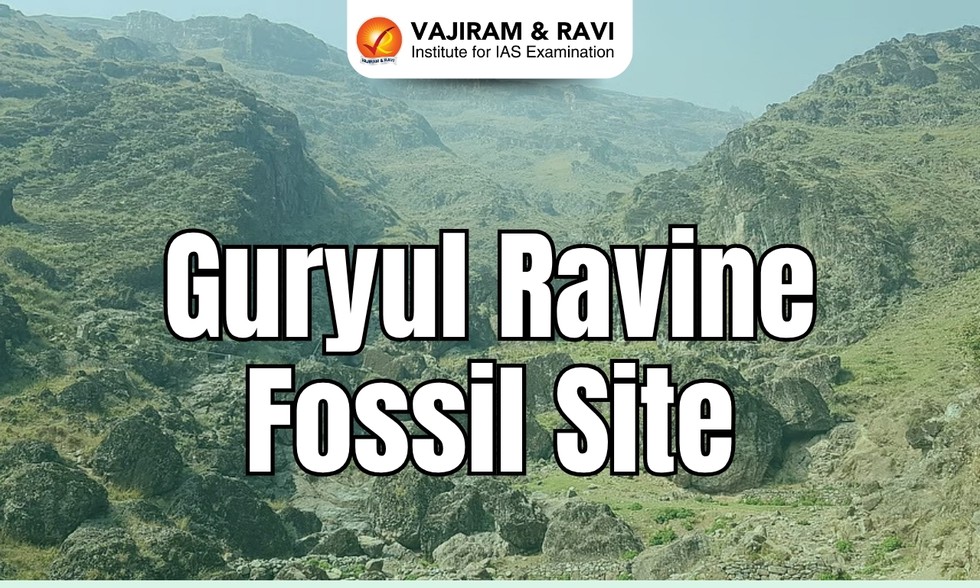About Guryul Ravine Fossil Site:
- Location: The Guryul Ravines is located in Kashmir, geologically known as the Vihi district,
- It consists of a repository of fossils that hold evidence of the Permian–Triassic extinction event, dating as far back as 260 million years.
- These preserve clear evidence of the catastrophic Permian–Triassic mass extinction, which wiped nearly all life on Earth.
- It also hosts what geologists believe is the world’s first-ever recorded tsunami event, its imprint still visible in the exposed rock layers.
- The site lies near Dachigam National Park and falls within the sensitive Khonmoh Conservation Reserve area.
- Threats: Despite its unique status and scientific importance, the Guryul Ravine has suffered years of damage due to unchecked quarrying, construction, and other human interventions.
What is the Permian–Triassic extinction event?
- It is also known as the End-Permian Extinction or, colloquially, the ‘Great Dying’.
- The Permian-Triassic extinction event marked the boundaries between the Permian and Triassic geological periods, as well as between the Paleozoic and Mesozoic eras approximately 251.9 million years ago.
- It was one of the major extinction events that the planet ever saw, when biodiversity decreased rapidly and across wide stretches.
